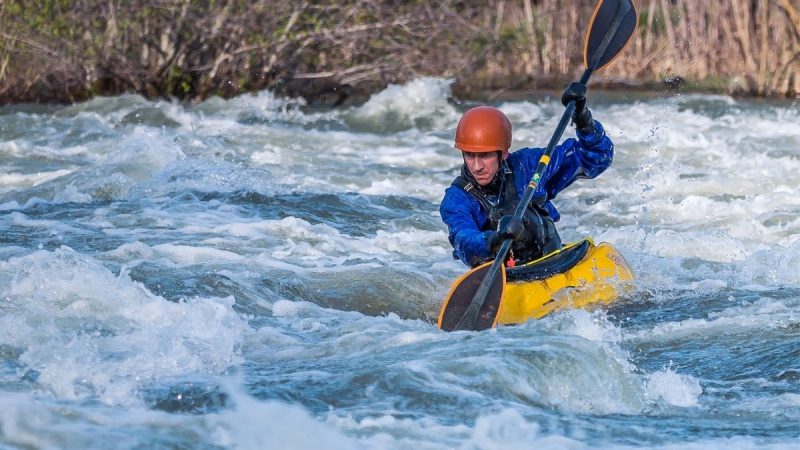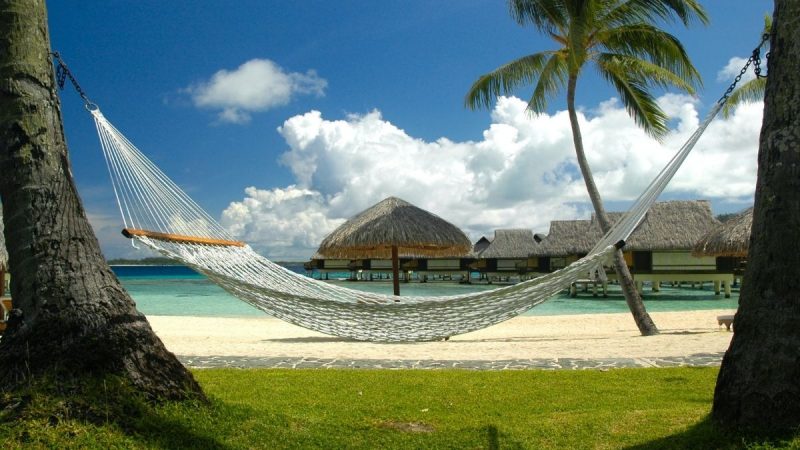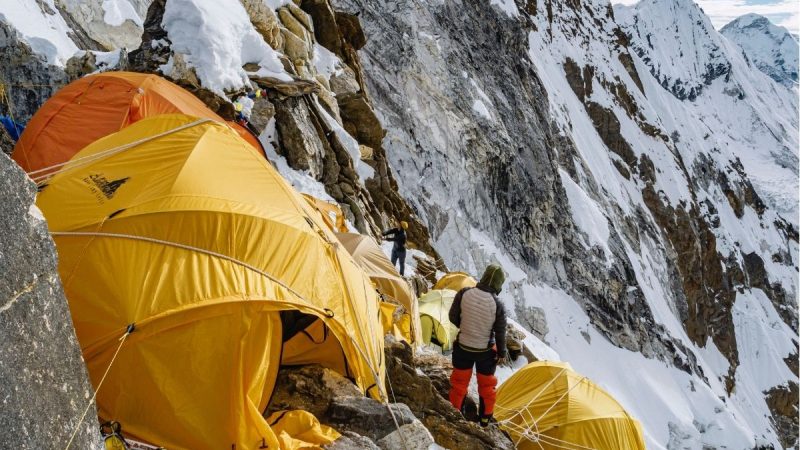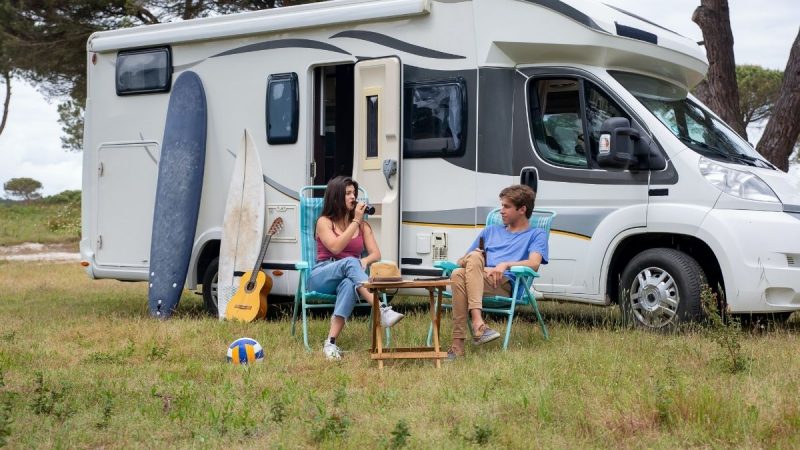Bhutanese of Cultural Life – Amazing Travel Tips in Bhutan

Bhutanese of cultural life has been much appreciated by tourists and visitors. There are many events that take place in Bhutan which give tourists a chance to see the Bhutanese culture. Bhutanese people are honest, kind, and considerate.
The average Bhutanese who lives frugally is simple in dress and quiet in demeanor; smiling and willing to help strangers.
Simplicity is the keynote of the country. Simplicity inspires the home life of the Bhutanese. The houses are low, attractive and built of wood blocks or stone with a deep porch on all sides for seating purposes-thus allowing a full view of the village life going on below.
In addition to being greatly skilled agriculturists, Bhutanese of cultural life have developed considerable skill in handiwork such as weaving, stitching, carving etcetera In every house one finds some form of handiwork being done by women folk while men look after cattle and undertake to farm.

Language – 80% of the Population Speak English
Bhutanese people have been living under a feudal system. In 1968, the hereditary monarchy was abolished and a democratic form of government was established.
Some 80% of the population speak English as a second language. About 20% speak Dzongkha as their first language and the rest speak Sharchop for daily communication among themselves.
There are many festivals celebrated by Bhutanese people throughout the year. The most important ones being Tshechu held in Thimpu, Paro and Wangduephodrang on 10th day from full moon during 3rd month (March) each year; some other big festivals celebrated with enthusiasm include Ura festival in autumn at Trongsa, Jambay Lhantrak at Bumthang , Losar at Punakha , Death anniversary of Shabdrung at Punakha etcetera.
Greetings in Bhutan are very formal and important. There are different forms of greetings used by workmates, friends, family members, relatives or complete strangers to show their respect which depends on how close you are to the person concerned. The usual words include “Tashi Delek” for good health and long life, “Kuzo” if you meet a monk on the road and “Dorji Drolo” while wishing a pleasant future or luck. Kuzo is used when one meets a lama or monk of any rank but since only ordained monks have this honorific suffix it is not extended beyond them.
Traditional Costume

Bhutanese of cultural life are known for their traditional dress: the Kira. The men generally wear something like a kilt, while the women folk have brightly colored blouses with a long skirt. The fabrics used in making these clothes are very fine and. The women generally wear a dress called a Kira, which is also ankle-length and has a fitted bodice and full skirt. Both men and women usually wear a woolen shawl called a Rachu around their shoulders.
The national dress code of Bhutan, known as the Driglam Namzha, was formalized in the 1930s by the Zhabdrung and enforced in all schools. This norm prescribes the national dress and appearance of the Bhutanese people, and regulates social etiquette in public places; it has become a symbol of pride in Bhutanese people. There are strict rules regarding who can wear national dress and how it is worn, including details of accessories, the type and colour of fabric and the way in which the garments are fastened.
Returning to the importance of greetings, there are also specific greetings for special occasions. For example, on the occasion of His Majesty’s coronation, all subjects irrespective of rank or status were enjoined by the Royal Proclamation to offer their congratulations to His Majesty with a unique and special form of salute which is known as “Thinley Phutoey”. The salute consists of bowing down at the waist with both hands placed together in front So as to touch nose tip with finger tips and then say “Tashi Delek” three times.
Family Characteristics : Polygamy

Polygamy in Bhutan is legal. But only one marriage is legal under custom and civil law for both husband and wife. Women in Bhutan may by custom be married to several husbands, however they are allowed only one legal husband.
Moreover, because of the traditional way, a husband is required to treat all wives equally.
Public Culture in Bhutan

This is a debatable topic, as the entire nation is guided by one major culture based on Buddhist principles. Bhutanese have been practicing Buddhism since its early history and it has become a part of their national identity. Public functions start officially with a religious ceremony led by monks in different monasteries across the country. The religious ceremonies normally are cultural dances or songs that continue till late evening until the time for dinner letting everyone participate.
Bhutanese Cuisine

This takes a leading role in Bhutan’s culture, especially on various occasions. Like most other countries in South Asia, rice is a staple food for many people who live in this richly mountainous region. Most meals consist primarily of vegetables along with meat such as beef, yak meat, mutton, or chicken. Other ingredients include buckwheat and green beans. The most popular dish in Bhutan is Ema Datshi, a spicy stew which is with chilies and cheese.
Below are a list of popular traditional dishes in Bhutan
- Ema Datshi – a spicy cheese and chili dish
- Jasha Maru – chicken cooked with onions, tomatoes, ginger, and red peppers
- Dupa – steamed dough balls filled with pork and served with a hot sauce
- Thukpa – a hearty soup made with noodles, meat, and vegetables
- Momos – Tibetan dumplings with pork or vegetable fillings that serves with a soy sauce or tomato-based sauce
Locally brewed alcoholic beverages include beer, wine, and distilled spirits such as vodka and whisky. Arguably the most popular drink in Bhutan is Druk 11000, a locally brewed beer.
Entertainment in Bhutan

There are many forms of traditional entertainment in Bhutan which are still popular today. One of the most common is theatre, which usually takes the form of masked dances known as Cham. These dances tell stories from the Buddhist scriptures and often depict scenes from everyday life. Other popular forms of entertainment include traditional songs and dances, as well as archery contests.
Archery is the national sport of Bhutan and is a very important part of the country’s culture. The most popular form of archery is target archery, which is typically popular in competitions between rival villages or monasteries. In recent years, Bhutan has begun to participate in international archery competitions.
Bhutanese architecture also has a strong cultural emphasis on the use of advanced building materials, such as stone and wood. Bhutan’s architecture can be of two types – traditional and modern. Traditional homes, temples, and other religious buildings represent Buddhist spiritual themes through symbolic intricately carved windows, doors, stairways, and roof ridges. Modern architecture in Bhutan is not common but most buildings attempt to blend traditional styles with modern designs.
Traditional Festivals in Bhutan
Losar Festival

This is one of the most significant festivals of the year in Bhutan. It is also popular as the ‘Feast of Virtue’ and falls on a different day each year. and Lunar Calendar decides the dates. On this day, people clean their houses and offer food to hungry animals such as birds or dogs before beginning their own meal with family members.
Tsechu Festival

This religious festival with the meaning of “tenth day” is a popular annual celebration in various temples, monasteries, and dzongs throughout the country. This religious festival is popular and large crowds attend the festival who witness the ritual dance performances or Cham. It is a time where people from all walks of life come together to observe religious dances and listen to spiritual teachings.
Jampay Lhakang Drup Festival

The Jampay Lhakang Drup is one of the biggest festivals in Bhutan. It takes place from the 15th to the 19th day of the 9th Bhutanese month, which is around November 14-17 every year. The 5th King, His Majesty Jigme Khesar Namgyel Wangchuck, was born this month and so the festival has become a way to celebrate his birthday with joyous events across Thimphu.
Conclusion
To conclude, Bhutanese of cultural life is rich with their traditional clothing, food, architecture, and festivals. These are still popular among the Bhutanese people today and play an important role in their culture. If you’re lucky enough to visit Bhutan during one of its many festivals, be sure to take part in the fun and enjoy some of the country’s delicious traditional cuisine. Also, check out these 8 mountain hikes in South America for backpackers for an amazing outdoor experience!






